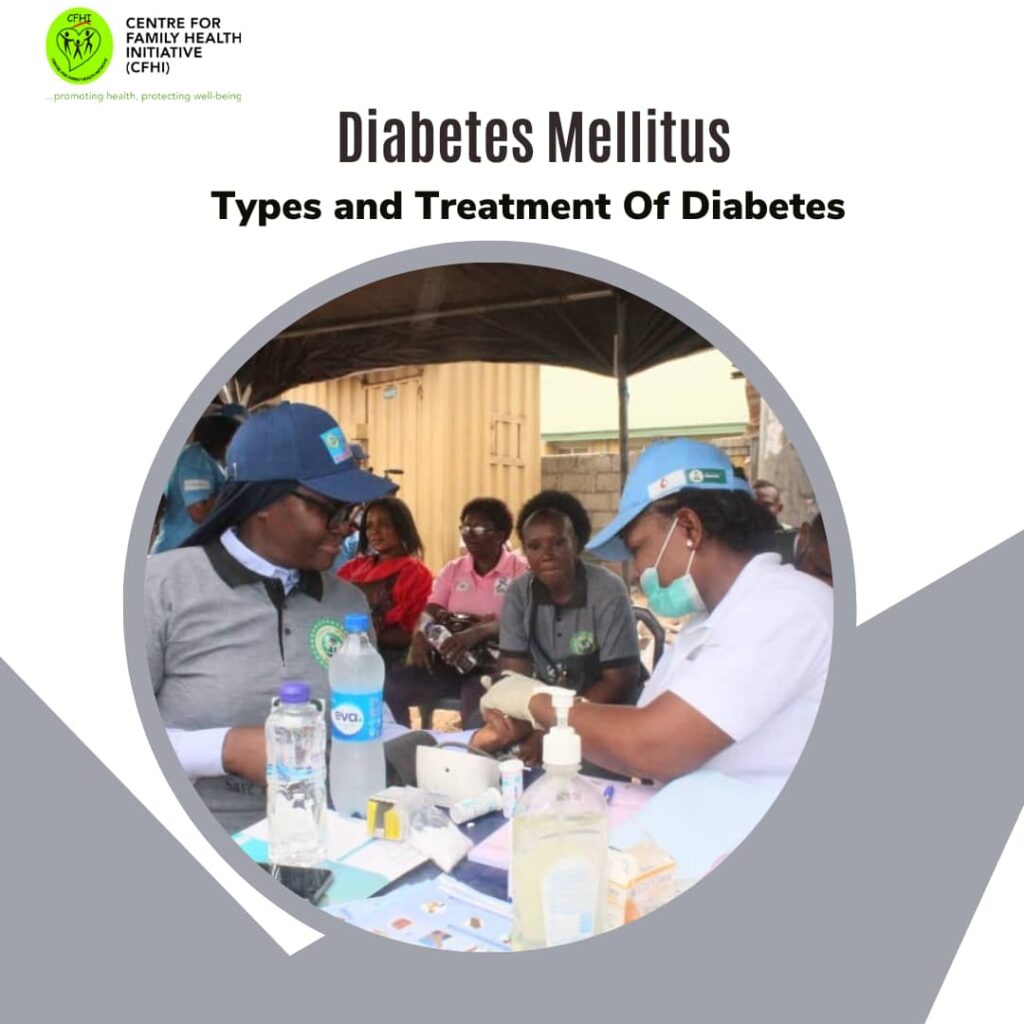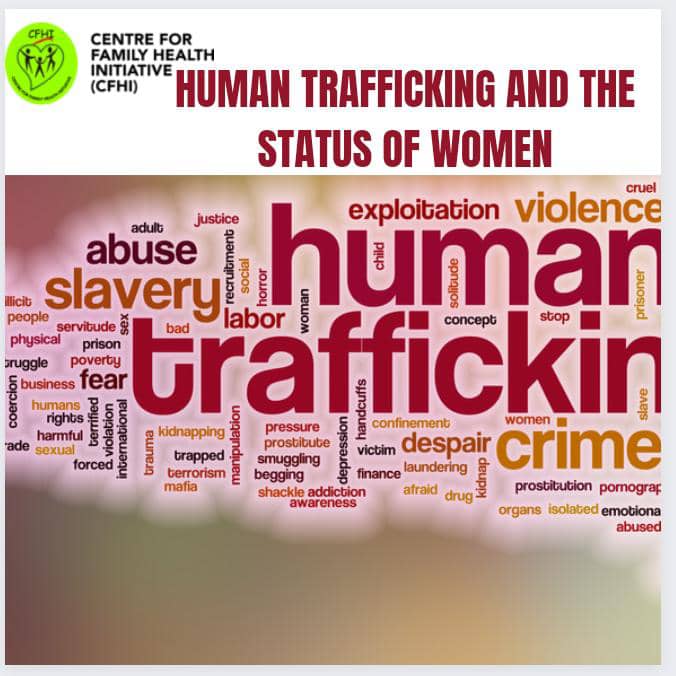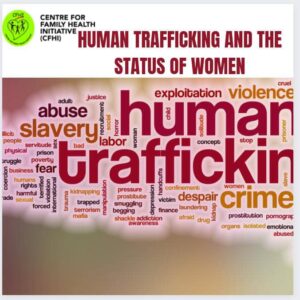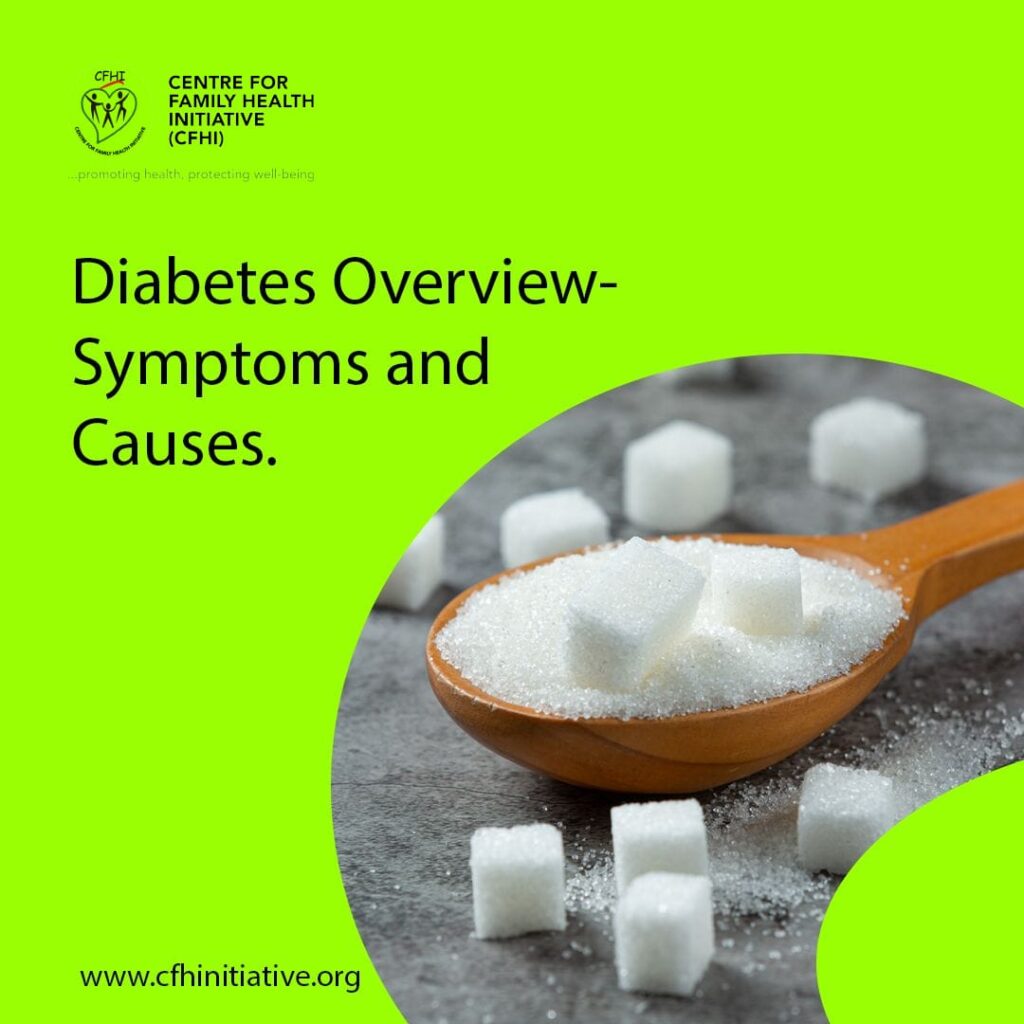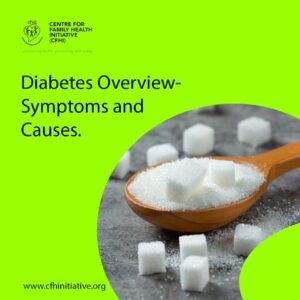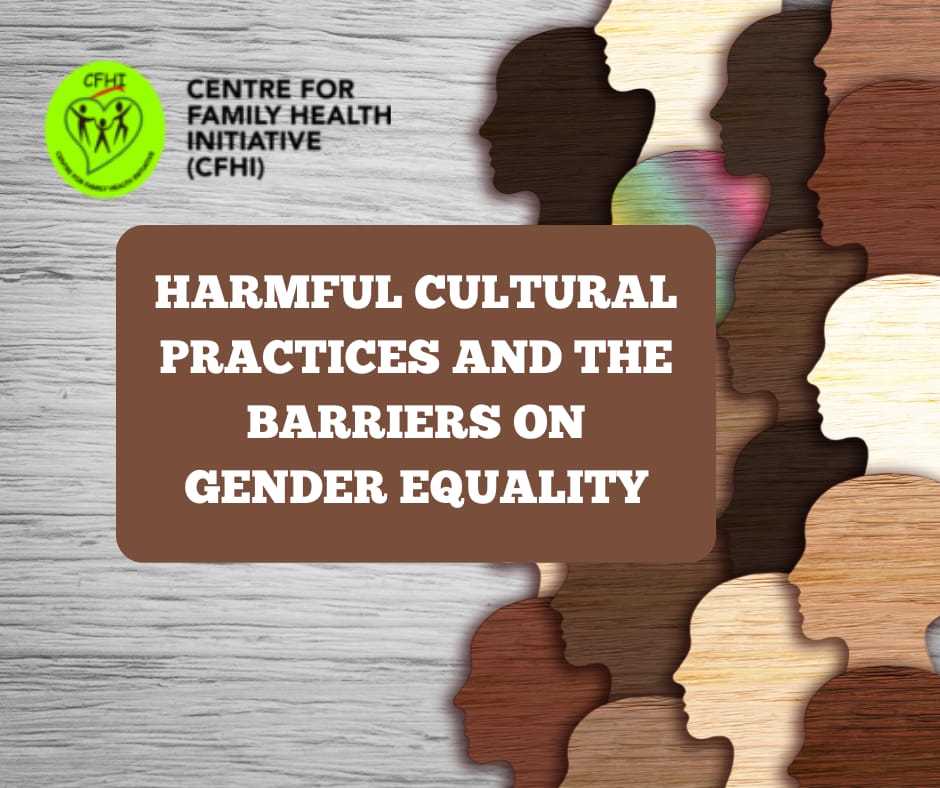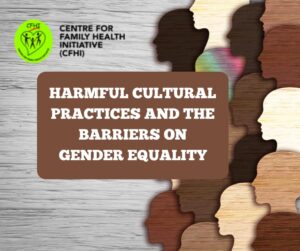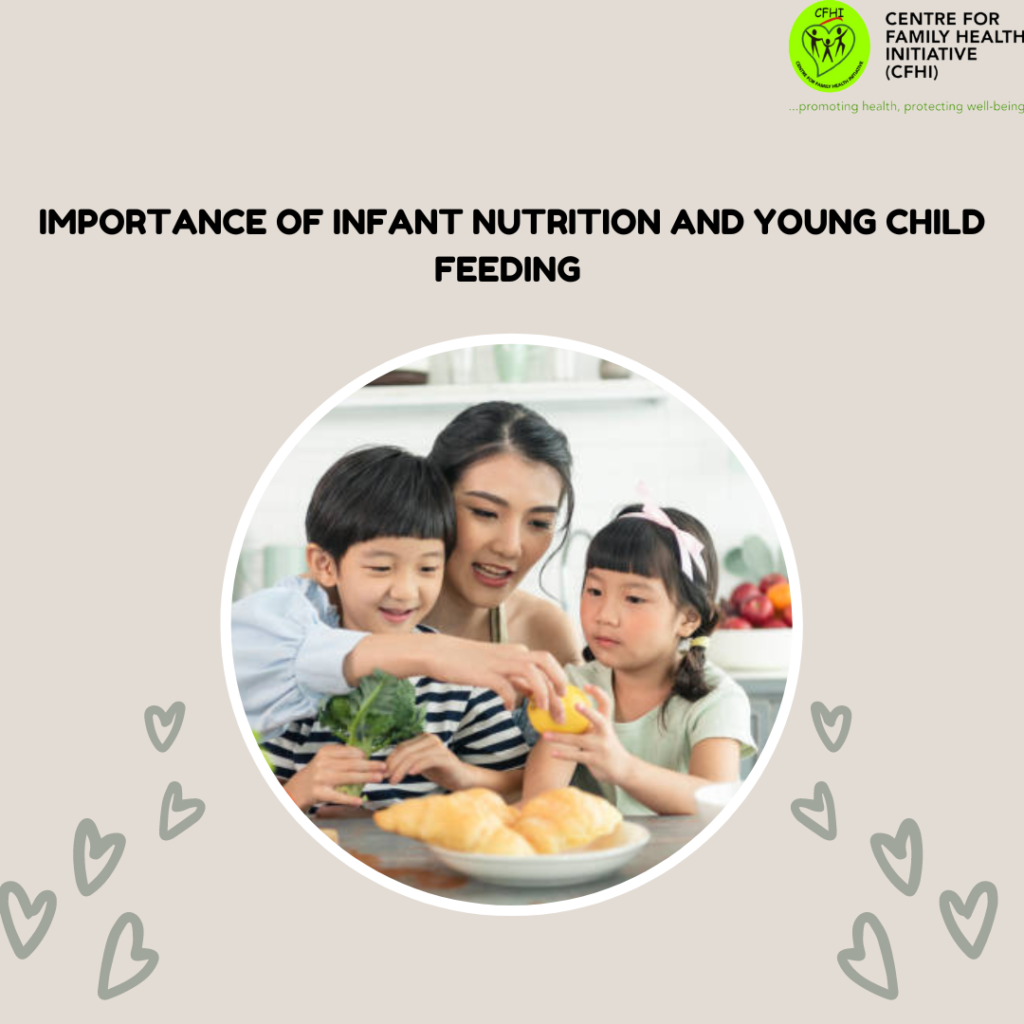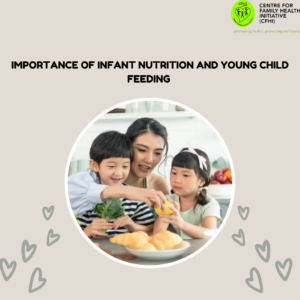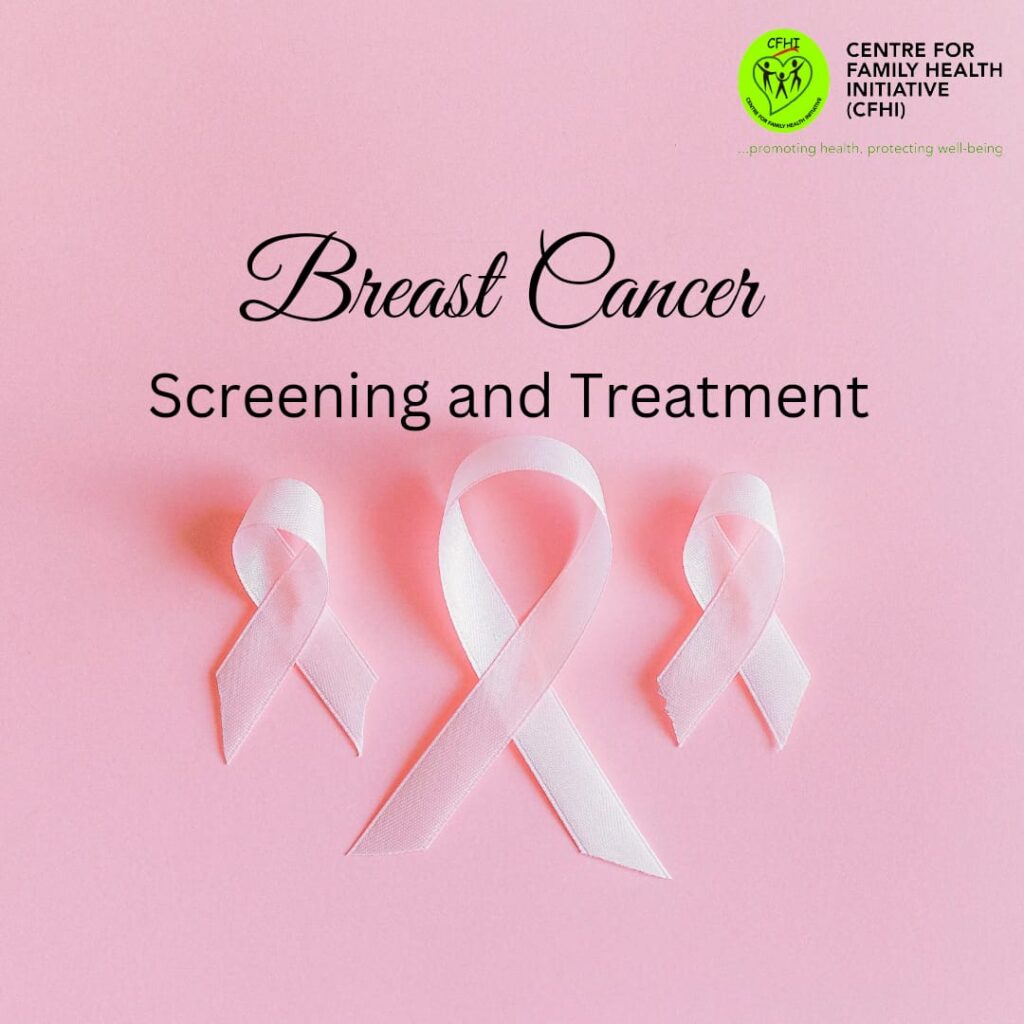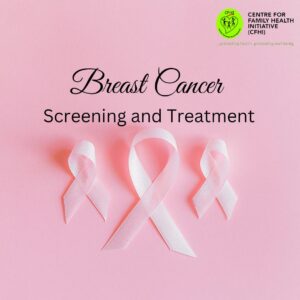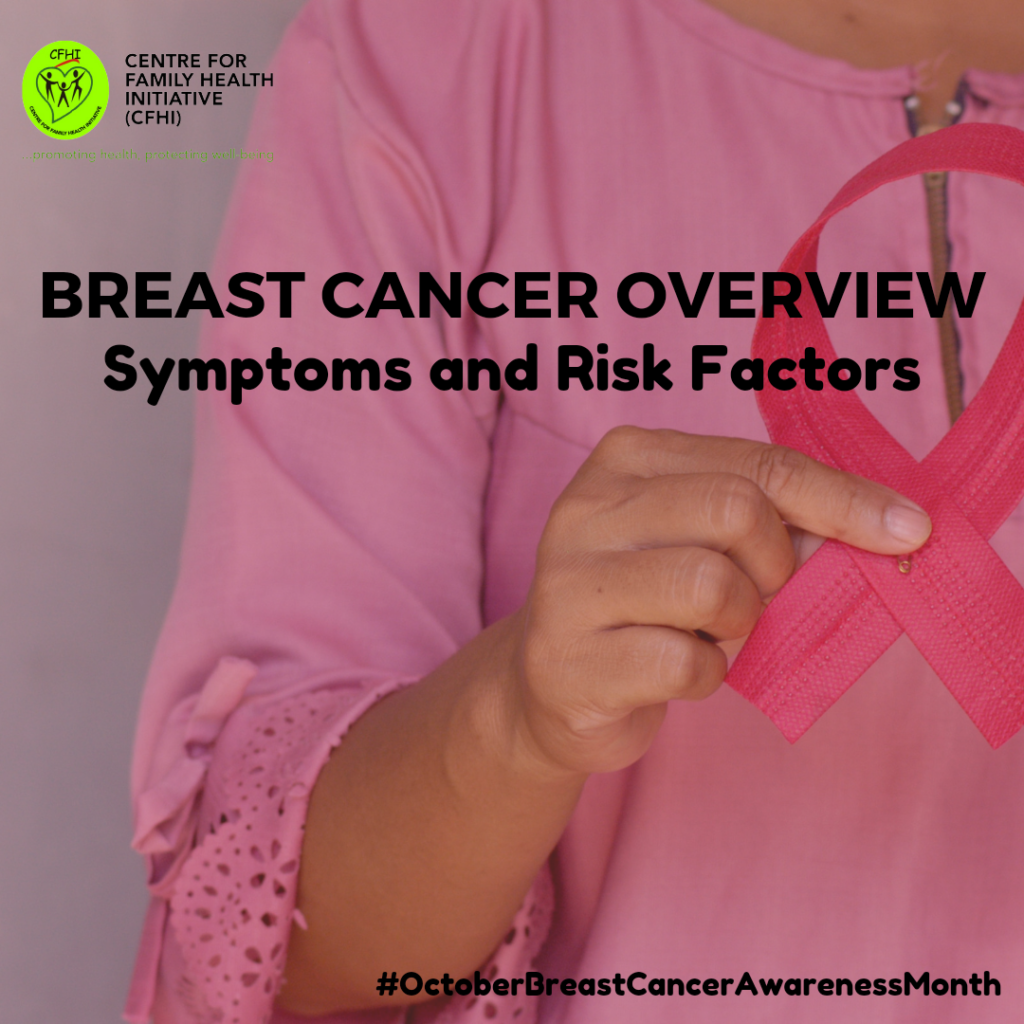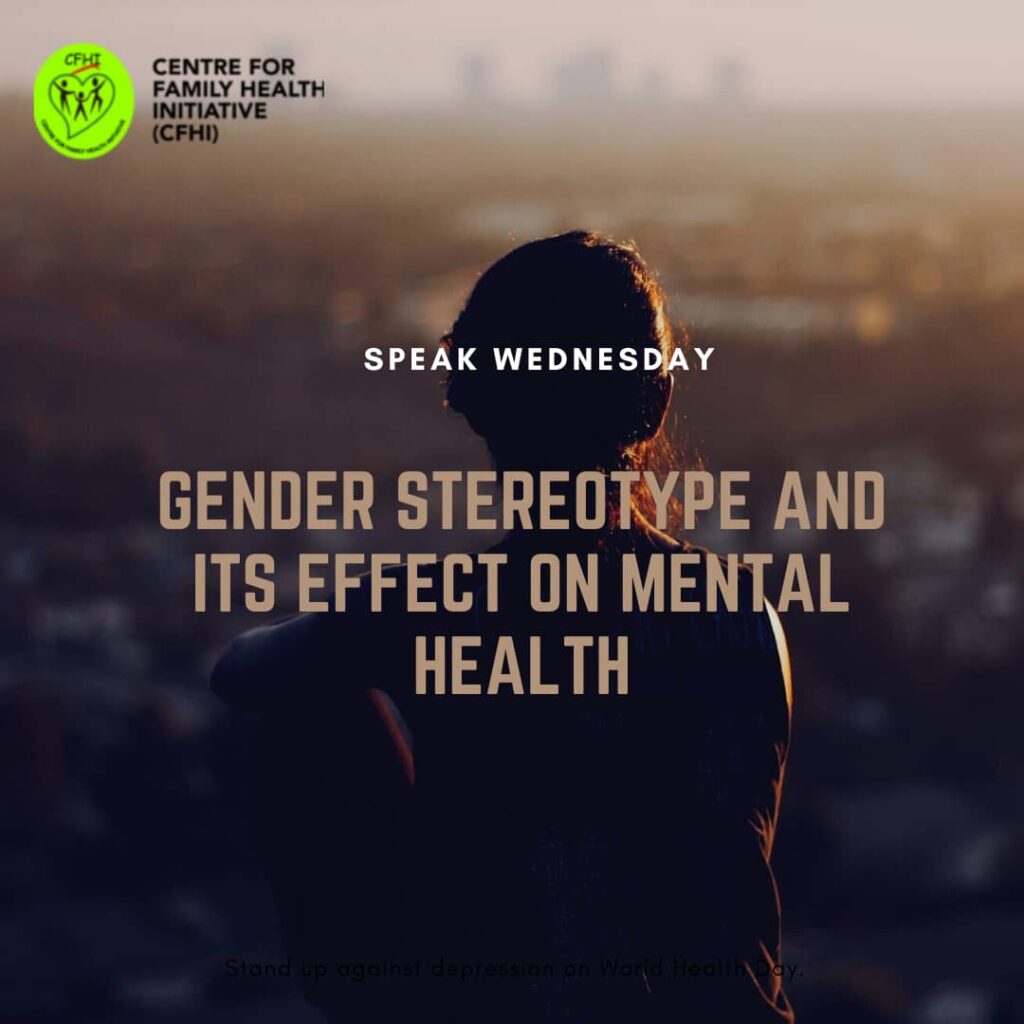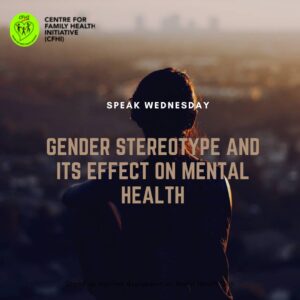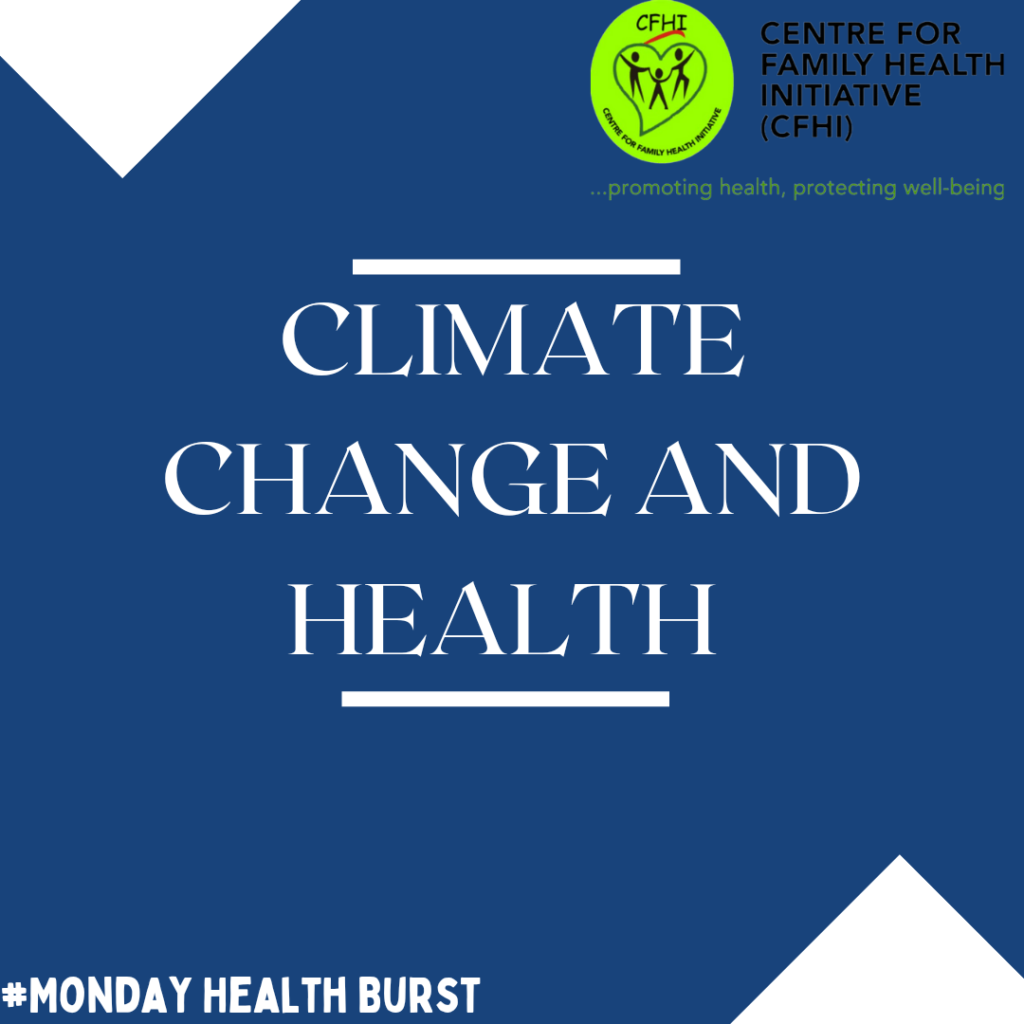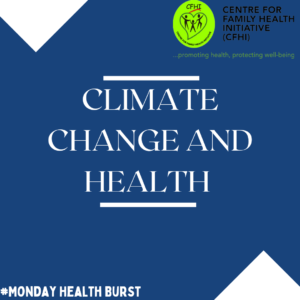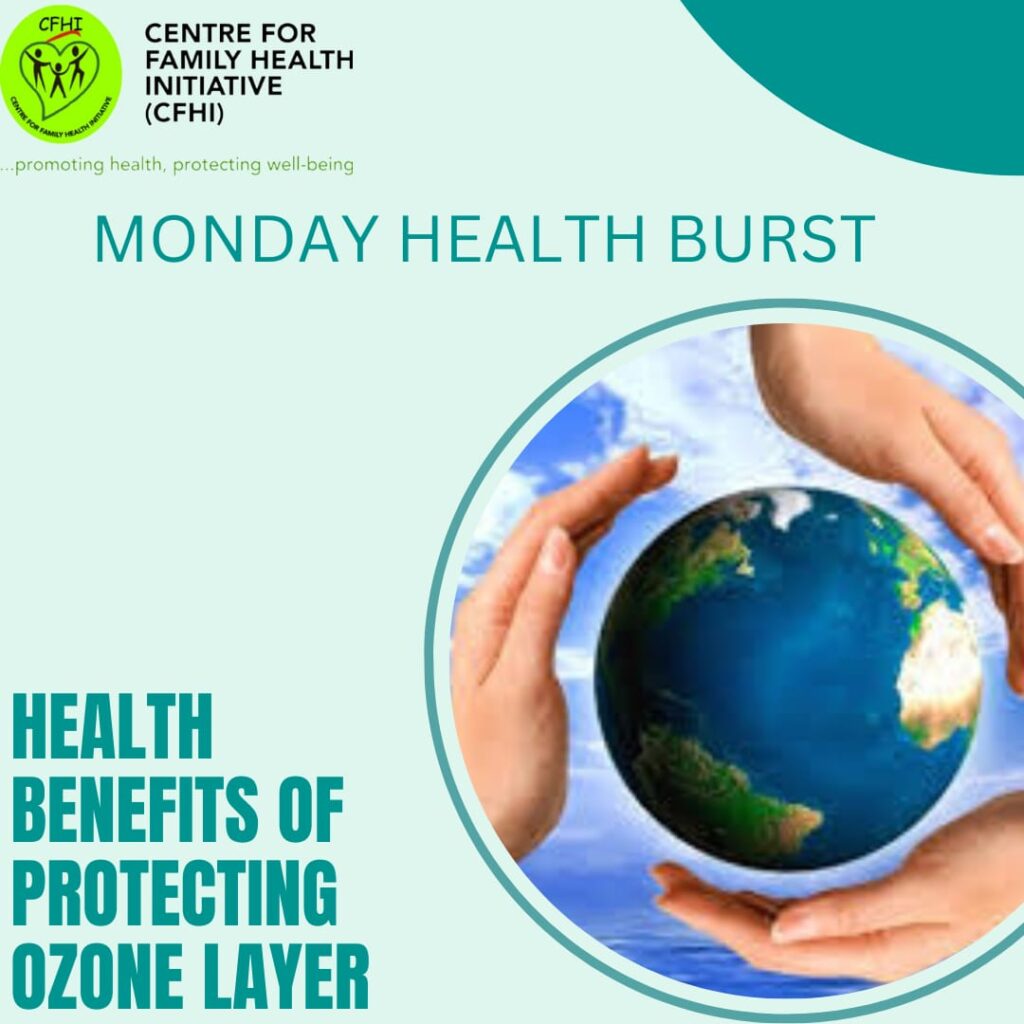MONDAY HEALTH BURST ON TYPES AND TREATMENT OF DIABETES
The three main types of diabetes according to International Diabetes Federation (IDF) and World Health Organization (WHO) are;
• Type 1 diabetes: Type 1 diabetes can develop at any age, but occurs most frequently in children and adolescents. It is believed to be an autoimmune condition. This means your immune system mistakenly attacks and destroys the beta cells in your pancreas that produce insulin.
• Type 2 diabetes is more common in adults and accounts for around 90% of all diabetes cases (IDF). It starts as insulin resistance. This means your body cannot use insulin efficiently. That stimulates your pancreas to produce more insulin until it can no longer keep up with demand. Insulin production decreases, which leads to high blood sugar.
• Gestational diabetes (GDM) is due to insulin-blocking hormones produced during pregnancy. GDM usually disappears after pregnancy but women affected and their children are at increased risk of developing type 2 diabetes later in life.
The treatment for diabetes is dependent on the type and how well your blood glucose levels are controlled, and any other underlying medical disorders you may have. ~ Cleveland Clinic.
For Type 1 diabetes, you must take insulin everyday, since insulin production by the pancreas has ceased while, medications for diabetes and diseases that are risk factors for diabetes, insulin, dietary and lifestyle modifications like decreasing weight, choosing nutritious foods and increasing your physical activity level are all possible treatment for type 2 diabetes.
For Gestational diabetes, if your glucose level is not too high, changing your diet and engaging in regular activity may be your primary treatment for Gestational diabetes. Doctors may begin medication or insulin administration if the target objective is still not achieved or if your blood glucose level is too high.
A basic diabetes screening via a simple blood sugar test can alert you to indicators of diabetes before the disease begins. CFHI in collaboration with HSDF, screened over 50,000 people for diabetes in Imo State, Nigeria.
Get screened today!
#MondayHealthBurst#AccessToDiabetesEducation#DiabetesDay
#WorldDiabetesDay
#WorldDiabetesDay2022
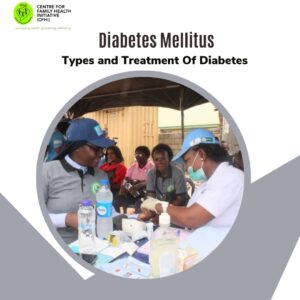
MONDAY HEALTH BURST ON TYPES AND TREATMENT OF DIABETES Read More »

